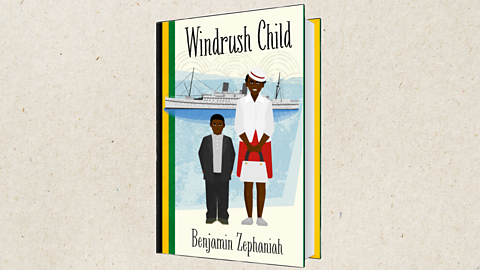Key points
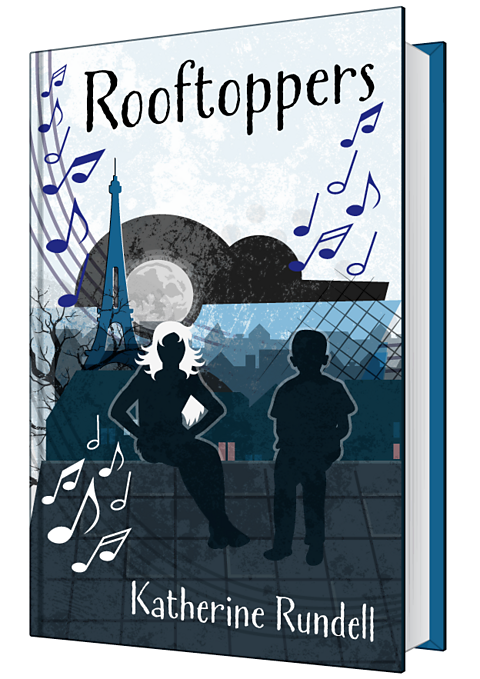
Rooftoppers was written by Katherine Rundell and published in 2013. It is set in the VictorianUsed to describe the period of time between 1837 and 1901 when Queen Victoria I ruled the United Kingdom. The Victorian period was a period of great social change in England, and of an expanding empire abroad. There were lots of new discoveries, inventions and technological developments. period.
The story is about a girl called Sophie who was found floating in an empty cello case after a shipwreck.
Growing up with her guardian, Charles, Sophie is convinced that her mother is still alive and sets out to find her.
Sophieтs search takes her to the rooftops of Paris where she learns about identity, hope and courage.

Plot
After a ship sinks, a baby is found floating in a cello case and is rescued by Charles Maxim, another passenger from the ship. Charles names the baby Sophie and decides to raise her.
When Sophie is 12, the National Childcare Agency decide that Charles is not raising her properly and arrange to send Sophie to an orphanage. Sophie finds a Paris address inside her cello case, which she believes belonged to her mother. She and Charles decide to go to Paris to escape the authorities and find her mother.
In Paris, Sophie and Charles visit the address they found in the cello case. They find out that it was owned by a woman called Vivienne Vert.
Sophie meets a boy called Matteo. Matteo is also an orphan and lives on the rooftops to avoid being found. He agrees to help Sophie in her search.
Charles and Sophie go to the police station to find out if Vivienne was on the records of the sinking ship. The police refuse to let them see the shipтs records, which makes Charles and Sophie suspicious.
Matteo and some other rooftop children help Sophie to break into the police files. They find out that all the ship's musicians were recorded as being men. However, one of the musicians, called George Green, looks very similar to Sophie and is wearing a woman's shirt in a photograph.
In the Victorian period, women wouldnтt have been allowed to work as musicians, so Sophieтs mother must have disguised herself as a man so that she could work. The shipтs records contain an address for тGeorgeт.
After a dangerous encounter with a group of violent Rooftoppers called the gariers, Sophie and Matteo are joined by Charles. The three visit Georgeтs address, unsure what they will find.
On the rooftop, a woman is playing a cello. She is clearly Sophieтs mother, as they both have the same unusual hair colour, and the two are reunited.
Activity
Characters

Sophie
Sophie has a strong sense of her own identity. She has "hair the colour of lightning", chooses to wear trousers instead of skirts, climbs trees and plays the cello.
Sophie is brave, strong and determined to find her mother.

Charles Maxim
Charles is clever and unusual. For instance, he and Sophie use books instead of plates, and he let Sophie sleep on the top of her wardrobe when she was young.
Charles doesnтt think that itтs important for Sophie to behave like other young Victorian girls. He thinks it is more important for Sophie to be happy.
He supports Sophie's search for her mother and his motto is:
never ignore a possible.
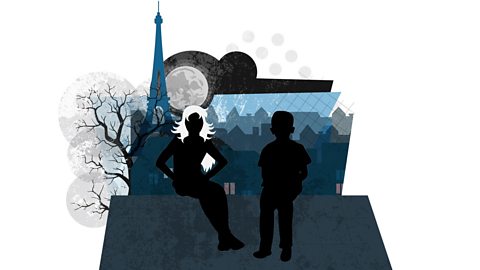
Matteo
Matteo is independent and brave. He is afraid of losing his freedom and being taken into an orphanage so he refuses to come down from the rooftops.
He is very knowledgeable about the city of Paris and its people.
Although he appears tough, Matteo is kind to Sophie and uses his skills and knowledge to help her find her mother.

Vivienne Vert
Vivienne is Sophieтs mother. She also plays the cello and has "hair the colour of lightning".
Vivienne is determined and brave, like Sophie. She took the name 'George Green' and disguised herself as a man so that she could play in a shipтs orchestra. When the ship sank, she was separated from her daughter.
Other important characters
Other important characters are Miss Eliot, ГвУЉАљВЙАљЛх, Anastasia and Safi.
Miss Eliot works for the National Childcare Agency. She visits Charles and Sophie to check that Sophie is safe and well. Miss Eliot thinks that Charles is an unsuitable guardian and recommends that Sophie is raised in an orphanage.
ГвУЉАљВЙАљЛх is another rooftop orphan who joins the search for Sophieтs mother. He is confident, knowledgeable and has remarkable hearing.
Anastasia and Safi are orphaned sisters who live in the trees in Paris. They are friends with Matteo and agree to help Sophie. Both girls are brave and streetwise. They know how to hide from the authorities and how to defend themselves.
Activity
Themes
Themes are the main ideas that appear repeatedly in a novel. Some of the important themes in Rooftoppers are:
- Identity
- Hope
- Courage
Identity
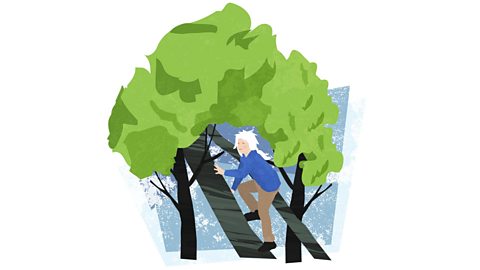
Rooftoppers has a strong message that individual identity is more important than behaving in the way other people expect you to behave.
Sophie has a strong sense of her own identity. Charles supports this, even when her preferences go against what Victorian society expected from a young girl.
For example:
- He lets Sophie climb trees because being high up makes her feel safe
- He buys her a cello when she falls in love with the sound at a concert
- He lets her wear trousers and shirts rather than dresses
Both Charles and Sophie are happy to be themselves and don't worry about fitting in.
The same is true for the friends Sophie meets in Paris. Matteo, Anastasia, Safi and ГвУЉАљВЙАљЛх live unusual lives but they live in a way that allows them the freedom to be themselves.

Which character does not approve of Sophie's identity?
Miss Eliot disapproves of the way Charles is bringing Sophie up because it is unconventional. She is worried that Sophieтs behaviour is "not right" and "not natural" for a young Victorian girl and tries to change Sophieтs identity.
Hope
Although it seems very unlikely that Sophieтs mother survived the ship sinking, Sophie never loses hope that she will find her.
Charles teaches Sophie to hope. He tells her that тalmost impossible means still possibleт and that you should тnever ignore a possibleт.
Sophie repeats this often throughout the book.
Courage
Sophie is a brave character. For example:
At the start of the novel, she resists Miss Eliot's ideas about how young Victorian girls should behave.
She follows her instincts and travels to Paris, even though the chances of finding her mother are slim.
When she meets Matteo, she is determined to be able to run across the rooftops like him. She learns to ignore her fear in order to jump between roofs and climb walls.
When she is balanced on a tightrope between two buildings, Sophie realises her own strength. She learns that by being brave she can also be free.
Activity
Language
Writers choose words and phrases carefully when they write. Readers can look closely at texts to think about how and why the writer made these choices.
Similes
A simileA description that compares two things using the words 'like' or 'as'. uses 'like' or 'as' to make a comparison between two things.
When Sophie and Charles are travelling to Paris on the train, Sophie chooses a strawberry biscuit that "glinted like rubies" and tasted "like adventure". This suggests that Sophie is trying new things that might be unexpected but which are exciting.
The word "rubies" has connotationsA word used to describe the ideas or feelings that a word might suggest. For example, a skull conjures up thoughts of fear, mortality and death. of treasure, suggesting that she will find something precious in Paris, perhaps her mother.
Metaphors
A metaphorA metaphor is a figure of speech that describes something by saying it is something else. It's not actually true but it gives the reader a clearer idea of what it is like. is a figure of speech that describes something by saying it is something else.
When baby Sophie first sees Charles, he is described as "night-time with a speaking voice" and "if ink had vocal chords". "Night-time" and "ink" both have connotationsA word used to describe the ideas or feelings that a word might suggest. For example, a skull conjures up thoughts of fear, mortality and death. of darkness, so these metaphors could suggest that baby Sophie was uncertain and fearful at first.
Alternatively, "night-time" and "ink" might suggest comfort, like a lullaby or bed-time story would. Perhaps Rundell wanted to show how Charles' presence comforted baby Sophie.
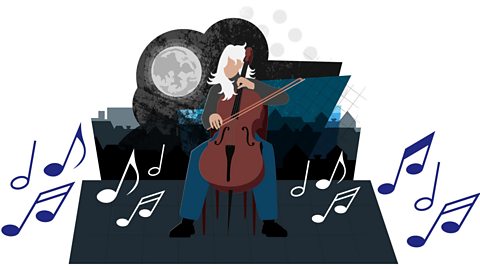
Personification
When Sophie first hears cello music, the narrator says "it plucked at her fingers and feet". This is an example of personificationPersonification is when a writer gives human characteristics to something that isnтt human. because music is given human characteristics.
The verb '"plucked" suggests that the music plays Sophie rather than the other way round, showing how Sophie is physically affected by the music.

Activity
Structure
Structure refers to how written text is organised т the way the story is ordered and shaped.
Chronological order
Rooftoppers is told chronologicalChronological means following the time order in which events happened. Stories told chronologically start with the earliest event and end with the last. from start to finish, in the order that events happen. It begins with Sophieтs rescue and then quickly covers the first 12 years of her life to give the reader enough background to understand the setting and the characters.
When she is 12 and the authorities decide she cannot stay with Charles, the real adventure begins.
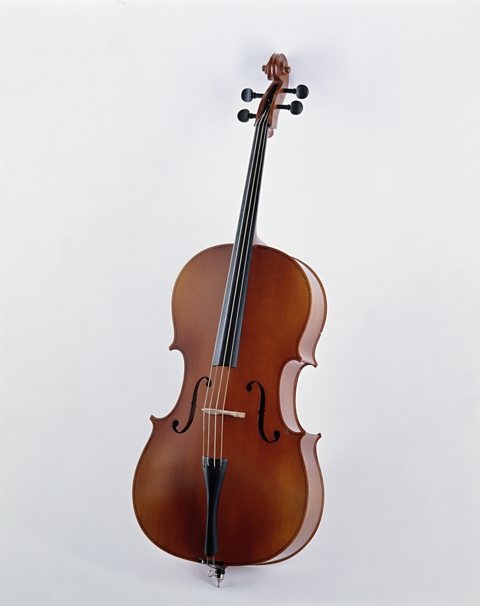
Symbols
A symbol is an object, person, image or event used to represent something bigger. For example, in Rooftoppers, the cello represents Sophie's mother.
When symbols are repeated throughout a text, they are called motifs. The repetition of these symbols shows that they are important.
The cello, and particularly FaurУЉтs Requiem played quickly on a cello, is a motif strongly associated with Sophieтs mother and is what eventually leads Sophie to her.

What other motifs are used in Rooftoppers?
Birds
Birds are used to symbolise freedom. In particular, pigeons are closely associated with Matteo as they both live on the rooftops. Matteo uses the pigeonsт feathers and meat to help him survive independently.
Starlings
In addition to birds symbolising freedom, Rundell also uses repeated references to a flock, or тmurmurationт, of starlings as a good omen. In the book, these birds tend to appear when good news is on the way.
Food
Food is used to symbolise comfort and friendship. For example:
- When Charles and Sophie read the letter from the National Childcare Agency, Charles tells Sophie to fetch the cream jug, saying that "it helps to have cream on days like these".
- A food vendor at the train station tells Sophie that "most luck happens on a full stomach" after gifting her a free currant bun.
- Sophie takes Matteo a packet of sausages to persuade him to help her.
Context
The contextThe factors surrounding a text that help us to understand it; the background events that help to explain something. in which a novel was written can sometimes tell you more about its themes, message and meaning.
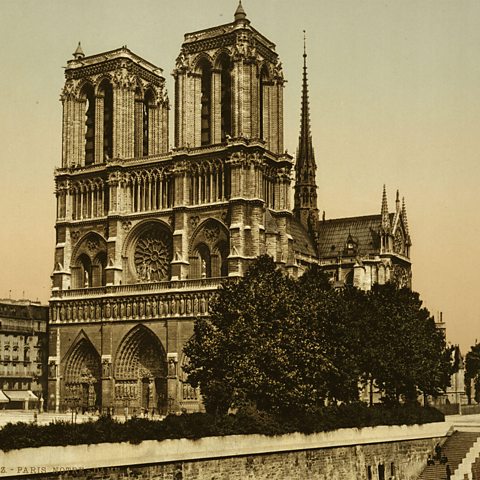
The Victorian period
Katherine Rundell doesnтt specify the exact historical time in which Rooftoppers is set, although the expectations on women, the use of train travel, lack of technology and references to FaurУЉтs Requiem suggest that it is set in the later VictorianUsed to describe the period of time between 1837 and 1901 when Queen Victoria I ruled the United Kingdom. The Victorian period was a period of great social change in England, and of an expanding empire abroad. There were lots of new discoveries, inventions and technological developments. era.
Victorian expectations of women were limited. For example:
- Girls were expected to wear skirts or dresses and have long hair.
- They should behave in a 'ladylike' way, which means they should be quiet and polite.
- Girls were often educated at home in practical things like cooking and needlework.
- It wasnтt compulsory to send girls to primary school until 1883, so many girls werenтt taught to read and write beyond what they needed to know at home.
Miss Eliot reflects this Victorian attitude. She disapproves of Sophie's appearance and behaviour and says she would "be embarrassed to be seen with her".
Sophie defies Victorian expectations and behaves in the way which feels natural for her instead. The book clearly shows that this is the best thing to do. If Sophie behaved in the way that Miss Eliot told her to, she would have been very unhappy.

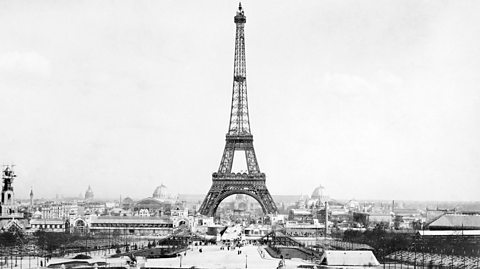
Check your understanding
Play Bitesize secondary games. gamePlay Bitesize secondary games
Have fun playing science, maths, history, geography and language games.

More on Literature
Find out more by working through a topic
- count14 of 18
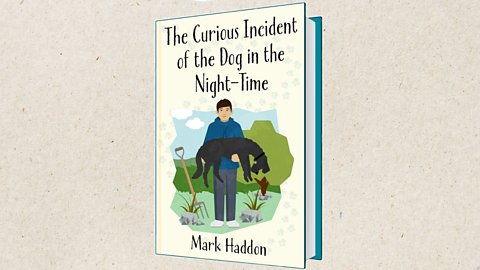
- count15 of 18

- count16 of 18

- count17 of 18
